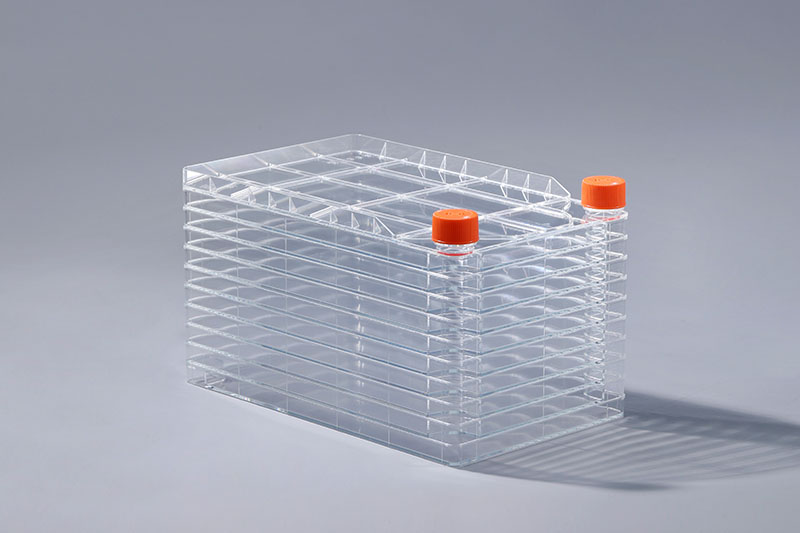Test senzibilizácie je test na určenie, či je testovaná látka alergén, a intenzity senzibilizácie. Ako bunkový spotrebný materiál bežne používaný vo veľkých bunkových alebo tkanivových kultúrach je bunkové továrne tiež potrebné podrobiť senzibilizačným testom, aby sa zistilo, či obsahujú alergény a či obsahujú alergény.
Jav, pri ktorom sa je zvýšená citlivosť tela na antigénnu alebo haptenickú chemikáliu. Chemikálie, ktoré majú senzibilizačný účinok, sa nazývajú chemoalergény alebo chemosenzibilizátory. Chemické senzibilizátory pôsobia na telo rôznymi spôsobmi a môžu spôsobiť, že imunitne aktívne bunky v tele na ne produkujú špecifické imunitné reakcie. symptómy a znaky. Ak bunková továreň obsahuje alergény, ovplyvní to rast a proliferáciu buniek.
Testovacie zvieratá na senzibilizáciu sú väčšinou morčatá a testované látky sú väčšinou čisté chemické produkty. Dávka, ktorá sa má použiť, sa určuje experimentálne, pričom sa začína s maximálnou dávkou, ktorá nevyvoláva príznaky systémovej toxicity alebo lokálneho podráždenia. Počet expozícií môže byť jeden alebo viac. Vyvolávací test sa vykonáva 2 až 4 týždne po poslednej senzibilizačnej expozícii a prítomnosť alebo neprítomnosť senzibilizácie a intenzita senzibilizácie sa stanovujú podľa miestnych alebo systémových reakcií. Prostredníctvom senzibilizačného testu bunkovej továrne sa možno posúdiť, či obsahuje chemické alergény, aby sa zistilo, či je kvalita produktu kvalifikovaná alebo nie, a aby sa zabezpečil hladký priebeh neskoršieho testu bunkovej kultúry.
Through the sensitization test of the cell factory, it can be judged whether it contains chemical allergens, so as to identify whether the product quality is qualified or not, and to ensure the smooth progress of the later cell culture test.
The FAI climbed 5.9 percent year-on-year in the first 11 months of 2018, quickening from the 5.7-percent growth in Jan-Oct, the National Bureau of Statistics (NBS) said Friday in an online statement.
The key indicator of investment, dubbed a major growth driver, hit the bottom in August and has since started to rebound steadily.
In the face of emerging economic challenges home and abroad, China has stepped up efforts to stabilize investment, in particular rolling out measures to motivate private investors and channel funds into infrastructure.
Friday's data showed private investment, accounting for more than 60 percent of the total FAI, expanded by a brisk 8.7 percent.
NBS spokesperson Mao Shengyong said funds into weak economic links registered rapid increases as investment in environmental protection and agriculture jumped 42 percent and 12.5 percent respectively, much faster than the average.
In breakdown, investment in high-tech and equipment manufacturing remained vigorous with 16.1-percent and 11.6-percent increases respectively in the first 11 months. Infrastructure investment gained 3.7 percent, staying flat. Investment in property development rose 9.7 percent, also unchanged.
 English
English



















































